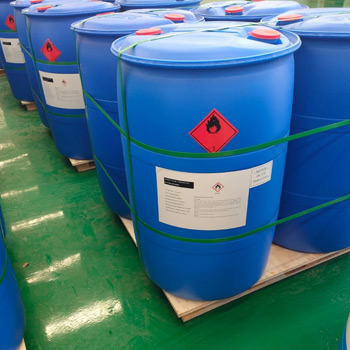1. Introduction to Methylene Chloride as a Refrigerant
Methylene chloride (CAS 75-09-2), also known as dichloromethane (DCM), is a versatile chemical widely recognized for its role as a refrigerant. Its unique properties—such as a low Melting point (-96.7°C), nonflammability, and high volatility—make it suitable for cooling applications in both industrial and domestic settings. Historically, methylene chloride replaced ozone-depleting chlorofluorocarbons (CFCs) in certain systems due to its lower environmental impact and efficient heat transfer capabilities. Today, it remains a critical component in refrigeration technologies, particularly in low-pressure systems where safety and stability are paramount.
2. Primary Applications in Refrigeration Technology
Methylene chloride’s applications in refrigeration span multiple domains:
A. Capillary Tube Systems
In small-scale systems like household refrigerators and window air conditioners, methylene chloride is used in capillary tube refrigerant controls. These systems rely on narrow tubes to create pressure drops, ensuring precise coolant flow. Its low viscosity and rapid evaporation enable efficient temperature regulation without mechanical complexity.
B. Industrial Cooling and Blowing Agents
Beyond residential use, methylene chloride serves as a blowing agent for urethane foams, which insulate commercial refrigeration units. Its ability to expand uniformly during foam production enhances thermal efficiency, reducing energy consumption in cold storage facilities.
C. Low-Pressure Refrigerant
Due to its stability under low-pressure conditions, methylene chloride is ideal for specialized industrial chillers and heat exchangers. For example, it is used in chemical processing plants to maintain optimal temperatures during reactions.
| Key Properties | Specifications |
|---|---|
| Purity | ≥99.9% |
| Melting point | -96.7°C |
| Vapor Pressure | 349 mmHg at 20°C |
| Flammability | Nonflammable |
3. Advantages Over Traditional Refrigerants
Methylene chloride offers distinct benefits compared to older refrigerants:
- Safety: Unlike ammonia or hydrocarbons, it is nonflammable, reducing fire risks in enclosed spaces.
- Efficiency: Its high solubility in organic compounds ensures rapid heat absorption, improving cooling performance.
- Environmental Compliance: While not entirely eco-friendly, it has a lower ozone depletion potential (ODP) than phased-out CFCs.
However, its use requires careful handling due to toxicity risks. Proper ventilation and protective equipment, such as methylene chloride-resistant gloves, are essential to mitigate exposure.
4. Safety and Regulatory Considerations
Regulatory bodies like the U.S. EPA have scrutinized methylene chloride due to health risks, including neurotoxicity and carcinogenicity with prolonged exposure 2. While its use in refrigeration remains permissible under current guidelines, manufacturers must adhere to strict safety protocols:
- Occupational Limits: OSHA mandates workplace exposure limits (8-hour TWA: 25 ppm).
- Leak Prevention: Regular maintenance of refrigeration units prevents environmental contamination.
- Alternatives: Research into safer substitutes, such as hydrofluoroolefins (HFOs), continues to evolve .
Conclusion
Methylene chloride’s role in refrigeration underscores its technical value despite regulatory challenges. By balancing efficiency with safety measures, industries can leverage its cooling properties while minimizing risks. For detailed specifications or supplier information, refer to certified chemical databases and regulatory guidelines




